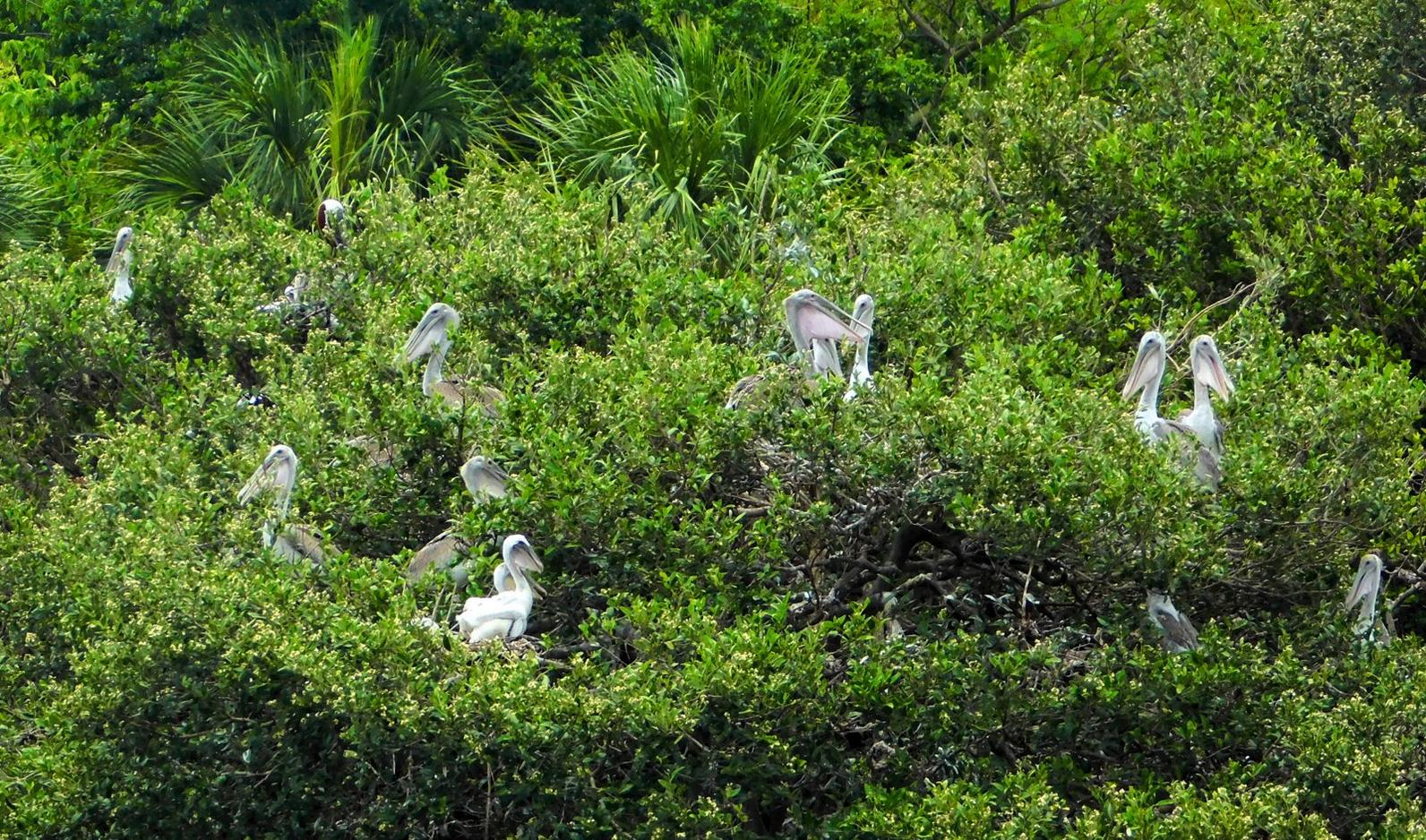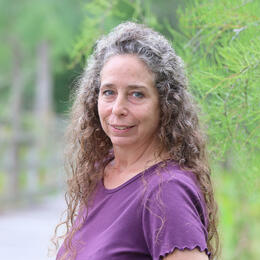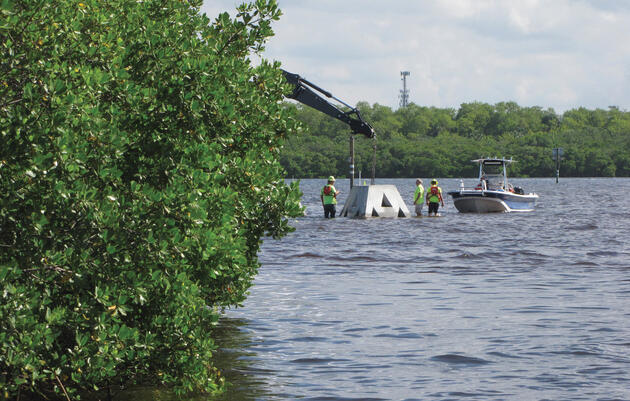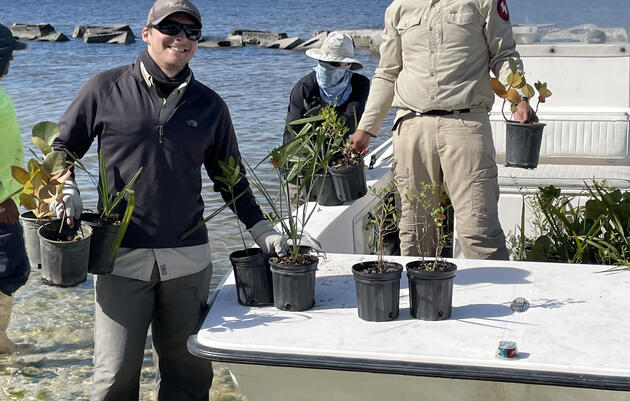Out in Hillsborough Bay, a cluster of tiny mangrove islands has served as an important nesting and resting site for decades. Known as the Alafia Banks Critical Wildlife Area, the islands are leased from and managed in collaboration with The Mosaic Company and Port Tampa Bay as a bird sanctuary. More than a dozen coastal bird species raise their families here, including Great Egrets, Brown Pelicans, and even Roseate Spoonbills.
Mangroves grow in shallow, tropical waters, where their roots collect sand and silt while calming wave energy. Because they are adapted to summertime storm events, however, the trees sway and the branches bend when waves hit them, creating a very unstable canopy.
Over the years, more intense storms combined with increased traffic in the shipping channel from the nearby port have eroded the islands these birds call home. In addition to worsening shoreline erosion, the increased wave action during nesting season can result in baby birds toppling out of their nests and into the waters below.

Since 2011, Audubon and partners have built a more resilient future for these important islands by offsetting sea level rise as well as storm surges and waves. A new living shoreline comprised of concrete wave attenuation devices — known as WADs — intercept incoming wave energy before it hits the shoreline, slowing or even stopping erosion altogether.
In addition to reducing the wobbliness of the canopy, the WADs create calm water between the island and the breakwater that provides foraging and nesting habitat. The structures themselves are also good for birds. Made with special concrete that encourages encrusting organisms to thrive, they now provide a stable resting area as well as a sumptuous buffet of barnacles, oysters, and other critters that are on the menu for birds and their fishy prey.










